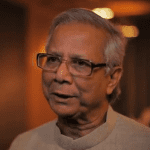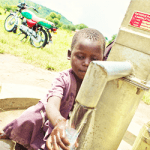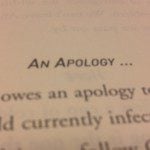 Muhammad Yunus–one of the earlier pioneers of microfinance in the developing world–gets right to the heart of the matter in less than two minutes.
Muhammad Yunus–one of the earlier pioneers of microfinance in the developing world–gets right to the heart of the matter in less than two minutes.
The current framework is completely broken …
It focuses too much on money…
We need businesses that exist to solve human problems…
It is people that cause change, not money. If you look at a microfinance model, it is heavily dependent on the role of people to create change by creating businesses that create revenue. It relies on the role of community, accountability, economic incentives, and ownership.
http://www.youtube.com/watch?v=1exXcG1mqI8Aid typically does not create community, accountability, economic incentives, or ownership. But we are still so in love with aid. Why?
Peter Greer, President of the microfinance organization HOPE International, offers some excellent conclusions in this post. Greer concludes the aid model prevails…
“Because it’s easy.”
“We can go in and solve problems. It’s fast. It makes us feel good. And we get to see results. But anyone who looks at macroeconomic data recognizes it’s not a quick fix. Long term, it’s a poverty trap.”
Anyone who looks at the macroeconomic data WOULD agree that aid is not working as well. But most of us DON’T look at that data.
Instead we look at the faces and bodies of hungry children who are being robbed of a childhood in a vicious and systematically cruel way. Our parental instincts go into overdrive when we see children trapped by slavery or dying from malnutrition. These issues hit us in the gut like a cannonball.
But as Greer states in his post, “We need to get beyond pity, and move to real partnership.”
That happens when we focus on the potential those hungry children represent. Each is uniquely created and possesses skills, talents, abilities, and interests that if properly nutured and supported will be all they ever need to release themselves from the grip of poverty.
Pity is what happens when we want to scrub that image of a hungry child out of our memory and replace it with a happy picture of kids eating for a day.
Partnership happens when complementary strengths are aligned between Western communities and African communities. When common goals are pursued that result in a long-term strategy to feed, educate, and care for children–all the while training them for self-sufficiency and independence from aid as adults.
What causes change? People releasing potential through partnership.

